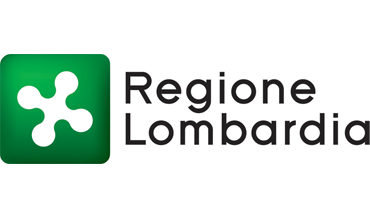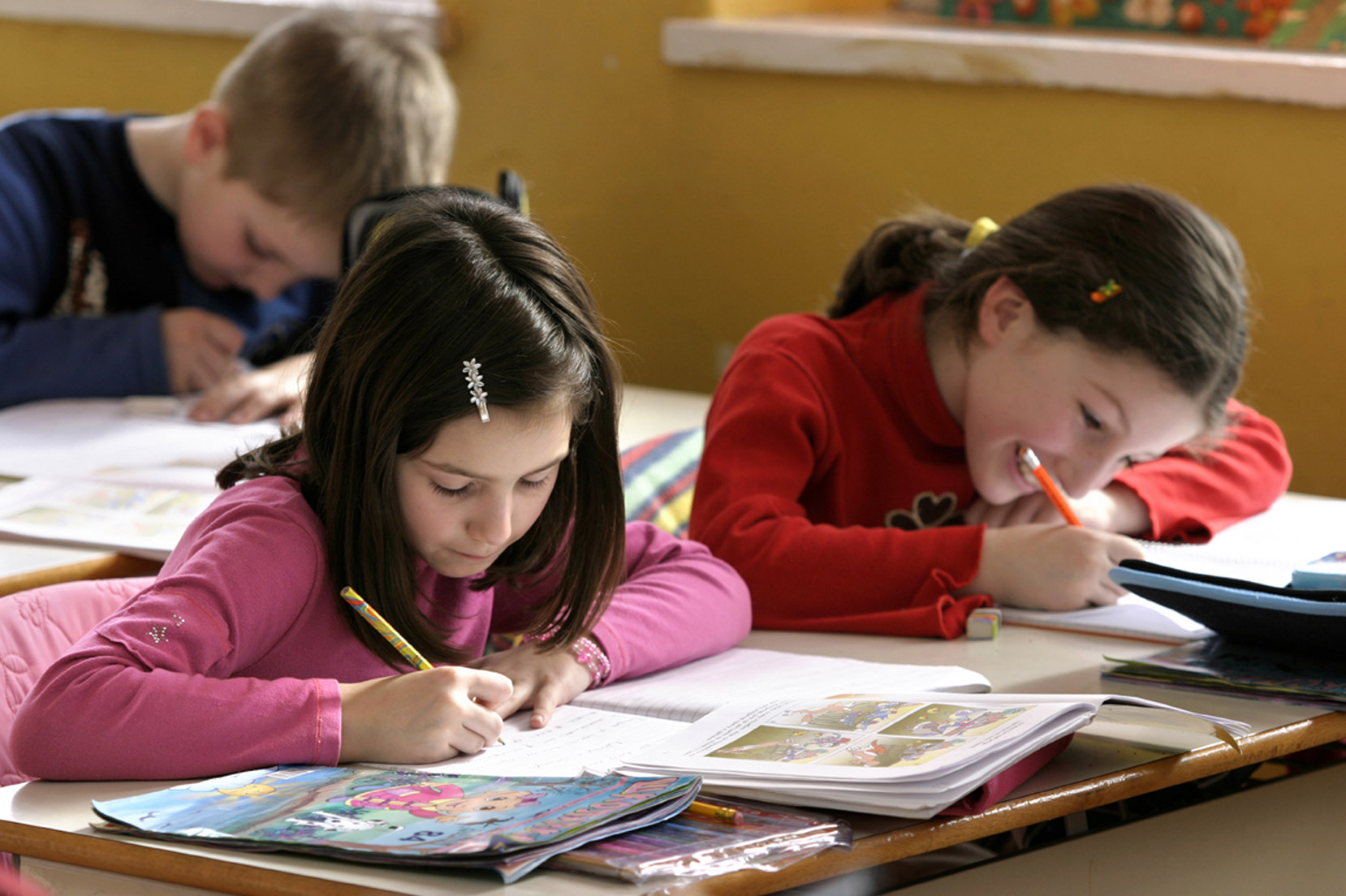As in the rest of Italy, education in Lombardy is compulsory from 6 to 16 years of age, and is divided into five stages: kindergarten, primary school, lower secondary school, upper secondary school, and university. Italy has both public and private education systems.
In Lombardy region there are 5.470 public school, so divided: 1.331 kindergarten, 2.214 primary school, 1.188 lower secondary school, 737 upper secondary school.
The private school are 2.441, so divided: 1.646 kindergarten, 237 primary school, 191 lower secondary school, 367 upper secondary school.
Primary school is commonly preceded by three years of non-compulsory nursery school, or kindergarten.
Primary school lasts five years. Students study different disciplines such as: Italian, English, mathematics, natural sciences, history, geography, social studies, physical education and visual and musical arts.
Secondary school lasts eight years and is divided into two stages: lower secondary school, corresponding to the Middle School grades, lasts three years (age 11-13); upper secondary school, corresponding to the high-school level, lasts five years (age 14-19). At the end of the five years, students are required to take a comprehensive final exam in order to be able to access university.
There are three types of upper secondary school: liceo, technical institute and professional institute.
Liceo provides a mostly theoretical education, with less emphasis on technical-practical aspects, and offers a specialization in either humanities, languages, science or art.
Technical institutes provide both theoretical education and a specialization in a field of studies, such as economy, administration, technology, or tourism.
Professional institutes (201 in Lombardy) provide education oriented towards practical subjects, such as engineering, agriculture, gastronomy, handicrafts, and enable students to start searching for a job as soon as they have completed their studies, at times after three years rather than five.
The Italian Ministry of Education, University and Research (MIUR) is responsible for the administration of the central education system.
Locally, and limited to school education, MIUR operates through the Regional School Offices.

